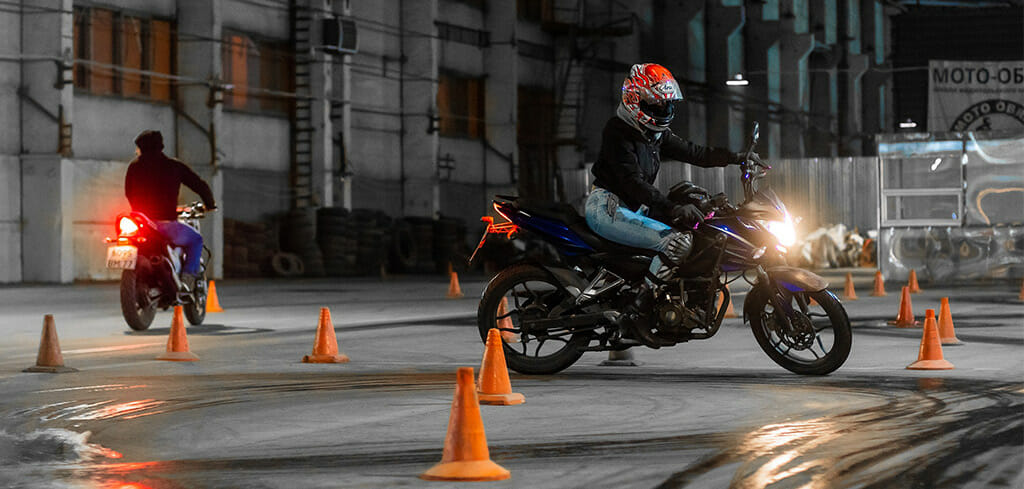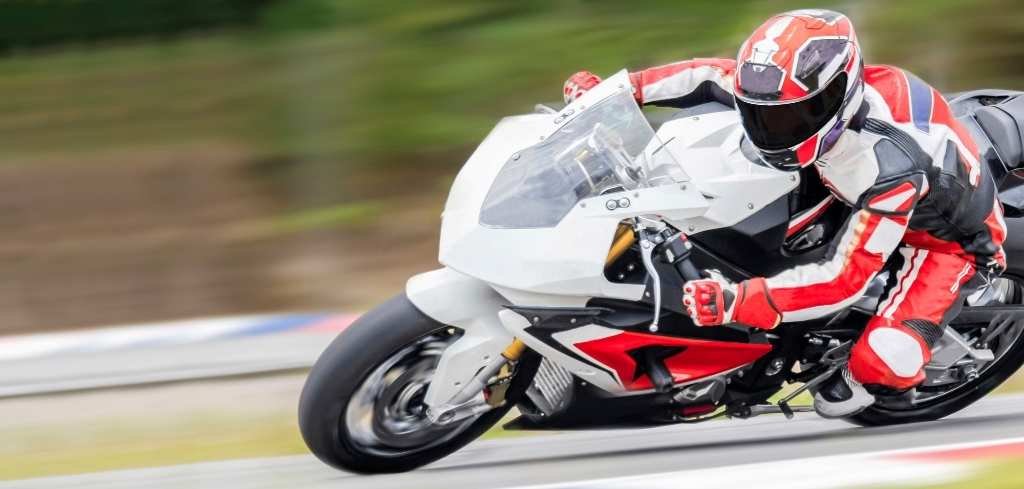Leather jacket, loud bike, and slicked-back hair… if only we could all emulate the easygoing coolness of the original bikers. We may not be able to go back in time, but we can appreciate the classic style of the Cafe Racer.
The Roots
There’s a reason modern Cafe Racers are a nice nod to vintage bikes. Their roots run back to the 1950s when people used the phrase to poke fun at trendy bikers who spent a lot of time parked at the local cafes.
These Cafe Racers ended up being a lot more serious about their bikes, and the term morphed into something a lot more meaningful. Embracing the true spirit of custom bike building, people began stripping down their Cafe Racers to focus on speed.
As Cafe Racers picked up in popularity, riders of the late 1950s were busy building fast and aerodynamic bikes. Customizations made in the 1950s have become a staple for modern Cafe Racers.
Stock handlebars were removed and replaced with clip-on handlebars, set much lower.
Not only were they lightweight, but the lower placement puts riders into a lower position to increase aerodynamics.
There is no one size fits all with Cafe Racers, and it’s been that way from the beginning. In true custom build fashion, builders got the biggest engine they could and put it into something pieced together with the lightest parts available. The result was often a Frankenstein mix of an engine too powerful for the frame, brakes, and suspensions it was paired with.
While Cafe Racers varied in design, frames, and engines, there was one sought after combo. The coveted Norton Featherbed frame powered by the record-breaking Vincent 998cc V twin engine was so popular it has its own name. Those that were lucky enough to have this combo called it a “Norvin”.
Modernizing The Cafe Racer
By the 1970s, the British based trend had worked its way around the world. Japan-based Honda made the CB750, and from there the trend kept growing.
Today, many manufacturers offer ready to ride “Cafe Racers” modeled after their vintage counterparts.
Triumph, for example, has always played a huge role in the Cafe Racer faction, and they’re still making bikes that are a perfect blank slate for anyone looking to start their own custom-built Cafe Racer.
Other companies, like Ducati, have only recently jumped onto the Cafe Racer bandwagon. Widely known for their superbikes, in 2003 Ducati released the Sport Classic, giving a clear nod to the vintage Cafe Racers of the past.
In 2019, Ducati went all-in on the Cafe Racer, releasing the Scrambler Cafe Racer. This is just one example of modern manufacturers producing an off-the-shelf Cafe Racer.
The Real Spirit of a Cafe Racer
Manufacturers are producing and marketing bikes as ready to buy “Cafe Racers”. They can call it whatever they want, but these pre-built bikes don’t embody the true spirit of a Cafe Racer.
Clip-on handlebars and aerodynamic design are not what makes a bike a Cafe Racer. I’m much more comfortable calling these new bikes Cafe Racer Inspired.
Looking back at how these bikes originated, this would be an insult to any true custom built cafe racer.
Old or New: What makes a Cafe Racer?
By definition, a Cafe Racer is made for speed. It’s lightweight, powerful, and to be honest, not built for comfort.
Historically speaking, the key to a solid Cafe Racer is blood, sweat, and tears. Hours of searching for just the right engine, time spent cutting and reframing bikes, piecing together the most powerful, light-weight, aerodynamic bike you can build.
Build Or Buy?
The original Cafe Racers were built from necessity. Scrape together a fast bike to stretch your money. If you’re ready to cruise around on your own Cafe Racer, you have a lot more options than they did in the 1950s.
So where should you start? That’s up to you, your wallet, and your vision. What is it you looking for in a Cafe Racer?
If you prefer modern convenience with a vintage look, there are plenty of new bikes that fit the bill.
If you want a true Cafe Racer in build and spirit, you can always start scouring the web for the right parts of your dream bike. Word to the wise, don’t make the mistakes they made in the past. Whatever engine you land on, make sure you find the balance between power and structure. Your frame, suspension, and brakes need to be able to handle the power you’re pushing.
If you’re not looking for a huge project, how about a combo of the two? There are a ton of bikes that are great jumping-off points. Start with something new, like the Honda CB300R, and customize it to your heart’s desire. Or go for a real classic like the Suzuki GS750.
Whichever you decide, remember, the key to a great Cafe Racer nowadays is individuality.
Customize Your Cafe Racer
Once you decide what to start with, new or old, lay out your plan to customize. If you’re like me, you’ve been picturing your dream bike for years. Before you start your build, make sure this vision is clear in your head. Layout a basic plan, including the features that are most important to you.
Your plan should include things like:
- Tank color
- Style: British inspired or something with a dirt-bike feel
- Hardtail or Softail
With so many ways to customize, it’s important to take the time and decide what you want the final results to look, sound, and ride like.
The Bottom Line
A Cafe Racer, by nature, is completely individualized. You can scrap it together or buy a new vintage-inspired bike.
If you want to stay true to the Cafe Racer roots, you’ll spend time building a speed machine out of next to nothing. However you choose to do it, the final product will be something truly original.

